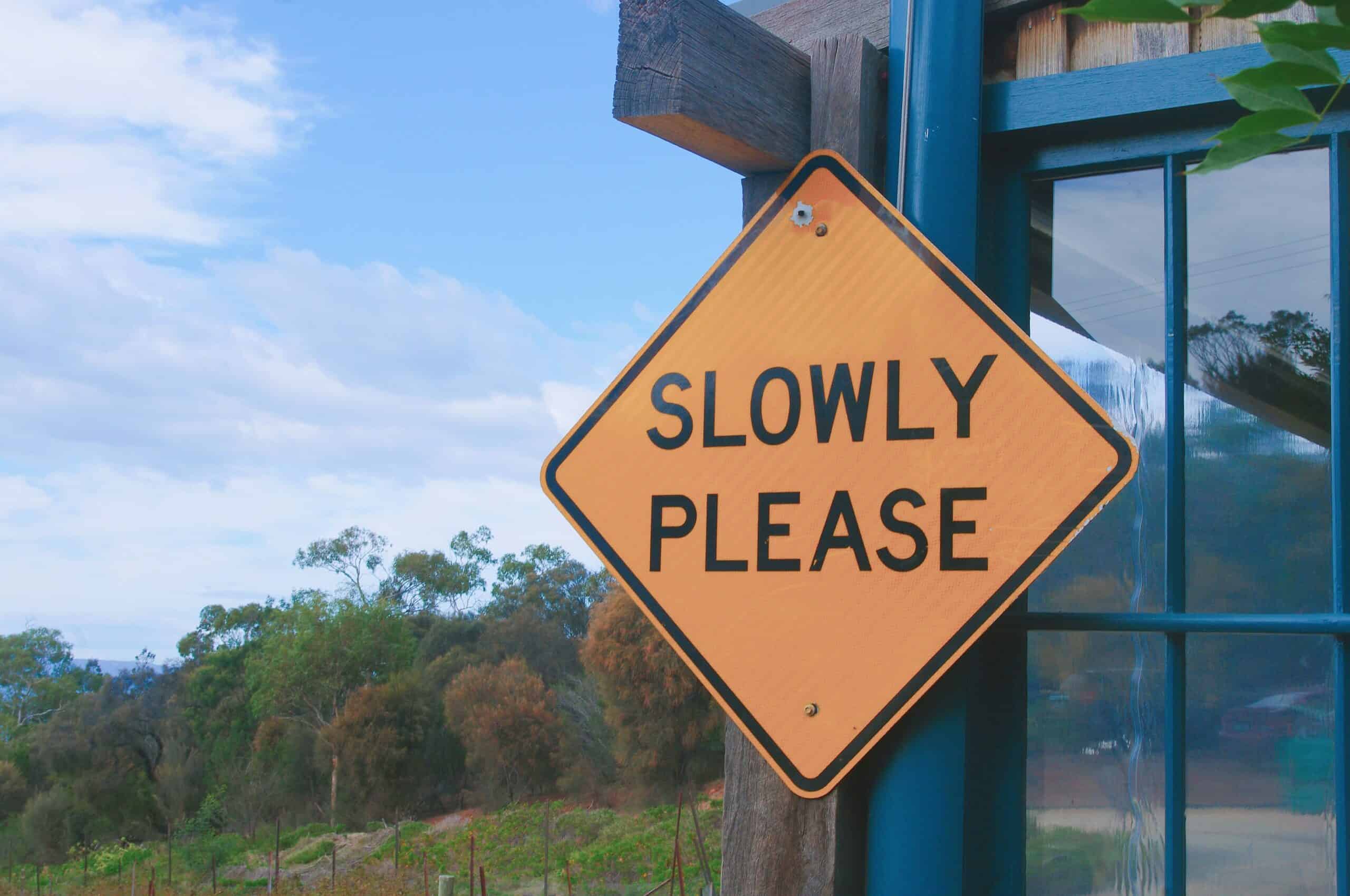Brevity Takes Time
Critical takeaways
- Speed is the difference between good and great crisis response but speed for speed’s sake will get your into trouble, particularly if that leads you to be vague and ramble in your communications.
- Instead you need to be brief which takes time but that time investment will generate speed in the end.
- If you prepare your spokespersons beforehand, have holding statement templates ready to fill in, and practice your response, you can be both fast and brief.
Speed is the difference between good and great crisis response. We believe you achieve speed by having a thorough understanding of your organization’s core values and its chain of command. We call that our Equation of Crisis Success, and it is fundamental to how we operate as crisis communicators.
Speed for its own sake, however, can be quite disastrous. Instead of serving as an effective response, hastily written statements can inflict more damage to an organization’s reputation, extend negative media coverage and reduce the public’s confidence that the organization is acting reasonably and responsibly.
The main errors we’ve seen in hastily prepared written responses are incorrect facts or assertions, tone-deafness, lack of empathy, and typos or other editing mistakes. When it comes to in-person, on-camera, or on-the-record responses, one additional error can be especially damaging: rambling.
Rambling into Trouble
Placing someone who is ill-prepared, untrained, or unfocused in front of cameras, reporters, victims’ family members or another potentially combative audience is a recipe for disaster. They may mangle their talking points or go completely off-script. They may get facts wrong or speculate about aspects of the crisis when a simple “I don’t know” would suffice. They tend to keep talking, even after the question has been answered.
In other words, they ramble.
When publicly responding to a crisis, human nature directs us to either be silent (fright) or talk at great length (fight). Fright leads us to say too little. The classic “no comment” strategy leaves a vacuum of information that invites others – victims, the media, politicians or shareholders – to narrate the story for you. And not necessarily in a good way.
However, the ‘fight’ response leads to sharing too much. The spokesperson provides too much information, some of which will likely have to be corrected later or be retracted outright. These errors invite others to pick apart your story and your credibility suffers.
Similarly, the first draft of a written statement is often rambling in nature. It tries to make too many points, offer too much information, speculates, and focuses on the organization instead of showing empathy to those affected.
Releasing a statement before it’s ready gets you speed, but it also tends to make the situation worse. However, taking too long to get that statement ready also tends to make the situation worse.
In between lies the best practice of crisis response: a short, well thought out, empathetic, and timely statement.
Take Time to Be Brief
“If you want me to give a five-minute speech, I’ll need two weeks to prepare it. If you want me to talk for an hour, I’m ready now.”
Variations of those words have been credited to Winston Churchill, Mark Twain, Woodrow Wilson and many others far less famous (looking at you, H.L. Stickney, MD). They speak to a fundamental truth about brevity: it takes time.
But time is a luxury that strategic communicators do not have during a crisis. Since speed makes the difference between good and great crisis response, we have to find ways to issue a well-crafted response quickly.
Here are three things every organization should do now to give itself time to be brief when a crisis hits:
1 – Prepare holding statements in advance. You can’t know every crisis that will come your way, but you should have a very good understanding of events that have a high likelihood of occurring. Every organization should have pre-approved, fill-in-the-blank holding statements that can be issued quickly while the team gathers more information.
2 – Ensure you have multiple camera-ready spokespersons. Media training should never wait until reputations are at stake and someone needs to speak on camera in 15 minutes. Take the time now to train your executives and key team members to speak with the media. Make sure they know how to get your message across in a sentence or two, and know when it’s time to stop talking.
3 – Practice, practice, practice. Take the time to conduct table-top crisis simulations, run through your crisis communications plan, do mock interviews, and practice crisis response skills. Developing crisis “muscle memory” will reduce the time it takes to respond and increase the effectiveness of that response.
It takes time to do these three things, but it’s time well spent. It certainly beats waiting to do them until you’re in the midst of a crisis.
And whatever you do, don’t mistake the speed of your activity with the speed of your response. Take the time to slow down, be brief and speed will follow.
Photo by Rainy Wong on Unsplash

